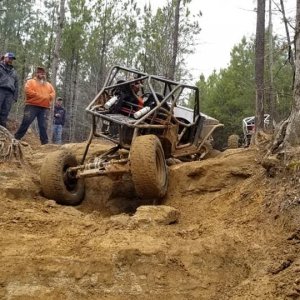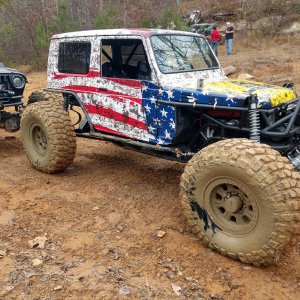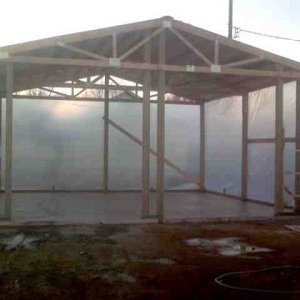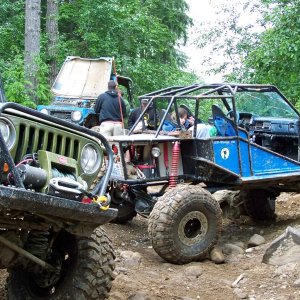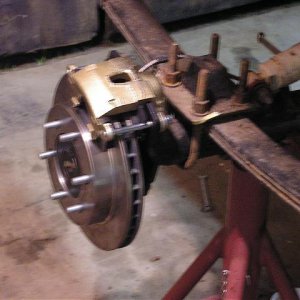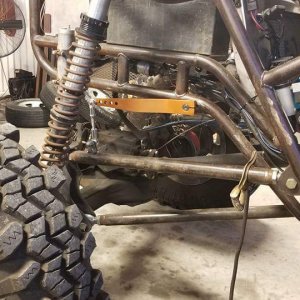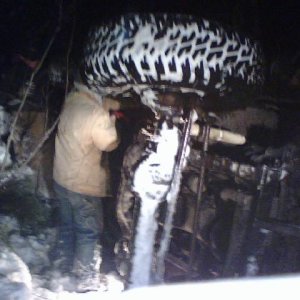^^^^ I love this kind of talk. It's amazing to me what geometry does for traction and how tracking the axle center lines as well as contact patch of a tire in slow motion can show how much a tire scrubs or lifts off of the ground through its range of motion. Super neat to me.
The only draw back in this particular situation is in a full body rig or even a back half link retrofit, you are extremely limited by a number of things that get in the way of these magic numbers. So companies like Ruffstuff, TMR, blue torch, ballistic have done all of the hard work for us. Building laser cut brackets and kits to make the swap easy. I think they have done a really good job of calculating what works well given the cramped area to work around.
Original poster, it looks like you're gonna have to lower your upper mounting points on the shocks to bring your shaft travel to the 4-4.5" mark. To retain your original wanted ride height.
I personally would pull the shocks and empty the fluid completely. Then fill with 10wt. They come factory with 5wt. Then collapse the shock and fill to the brim with oil.
After that you'll be adding about 10-20cc of oil IF that. I think you'll be real close w/o the extra oil. With how light that rear end is, you don't wanna be any more than 100 psi in nitro. Or you will fight body roll, no way around it, truly.
You gotta remember that at 200 psi nitro, that's basically a guy putting 200 pounds of force lifting up on each corner just to keep you at ride height. As soon as your geometry wants to put traction to the ground, anti squat numbers, that guy pushing at 200 pounds upward rolls that body over to one side like it's ain't nothin. Make sense?
So the lower your nitro pressure can be to spring the light ace end weight, the better. Because then your suspension geometry still does its work to put traction to the ground only now your chassis is not trying to push away from axles as hard.










